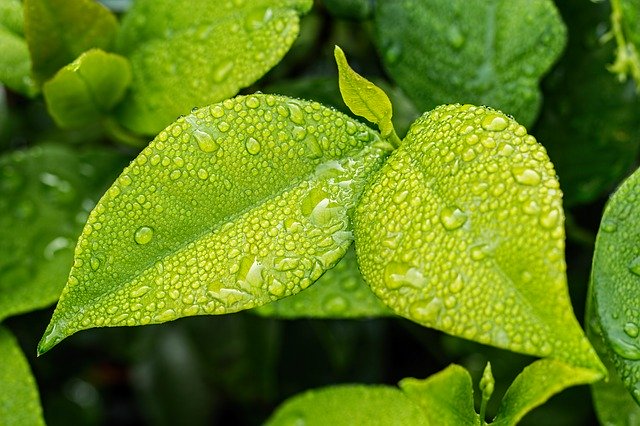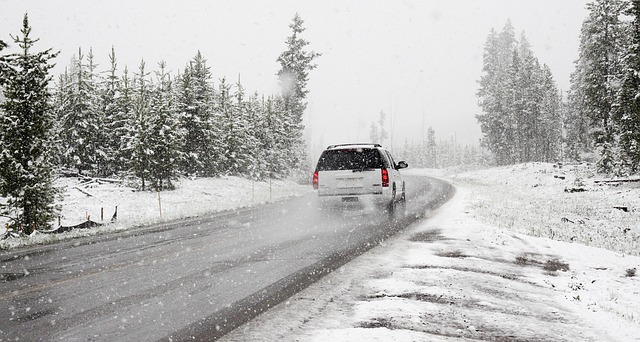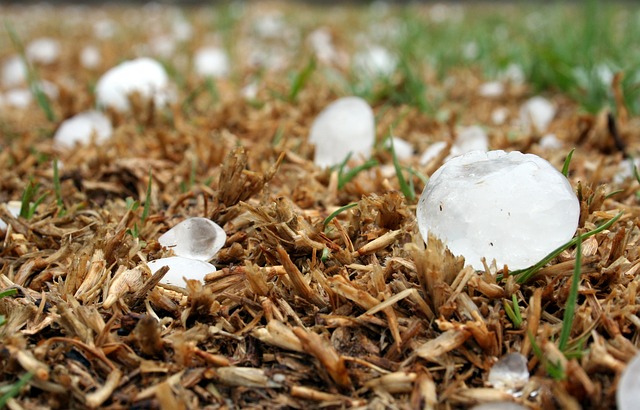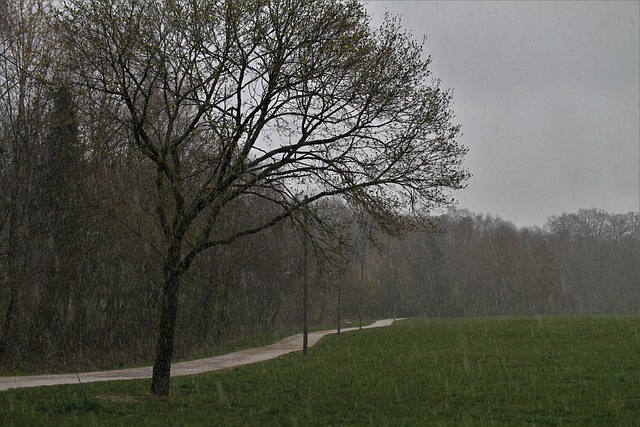Precipitation is water falling from the atmosphere in liquid or solid form. Rain, snow, hail, and sleet are four major types of precipitation. All precipitation occurs from the clouds.
How do clouds form?
- When the Sun heats the Earth’s surface, the water evaporates to form water vapor.
- The warm moist air then rises up in the atmosphere (hot air being lighter rises).
- As the saturated air (holding all the water vapor it can) rises, it cools and the water vapor changes to either liquid water (condensation) or solid ice (deposition) depending on the temperature.
- The water vapor condenses on tiny particles suspended in the air known as condensation nuclei e.g. dust, salt, etc., and hence water droplets are formed. In case of deposition, ice crystals are formed.
- These droplets/ice crystals merge together to form bigger droplets/ice crystals.
- Cloud is nothing but a large accumulation of these droplets or ice crystals.
Types of Precipitation
Rain

Rainfall occurs when the liquid water falls from the clouds. Water droplets in the clouds merge together and eventually fall due to increased weight.
Snow
Snowfall occurs at places with low temperatures. The ice crystals in the clouds stick together to form snowflakes. These snowflakes fall as snowfall when they become heavy enough to fall under gravity. Snowfall with large snowflakes occurs at places where the temperature is slightly above freezing point and the air is moist. Powdery snow occurs in places with very cold, dry air.

Hail
Hailstones are formed within a thunderstorm. The thunderstorm clouds must have a great vertical height for hail to form. Also, the upper portion of the cloud must have a below-freezing temperature.

When water droplets in the lower portion of the cloud are pushed up by the updraft winds, they freeze to form hailstones. The hailstones keep getting bigger as more water sticks to them and freezes. The hailstones eventually fall due to increased weight.
Sleet
Sleet occurs when the snow melts and refreeze into ice pellets before hitting the ground. There should be a colder layer of air with a temperature below freezing point near the ground for sleet to occur. Above this colder air, there should be warmer air that melts the snow. Hence, sleet occurs during some specific weather conditions.
